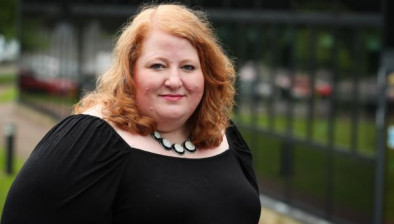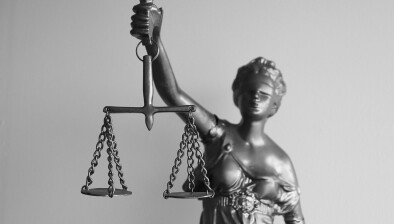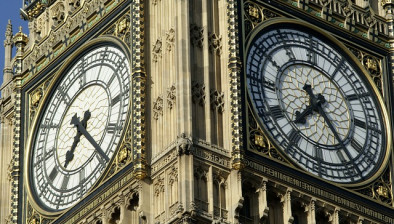NI Coroner: British Army’s 1992 shooting of four men not justified
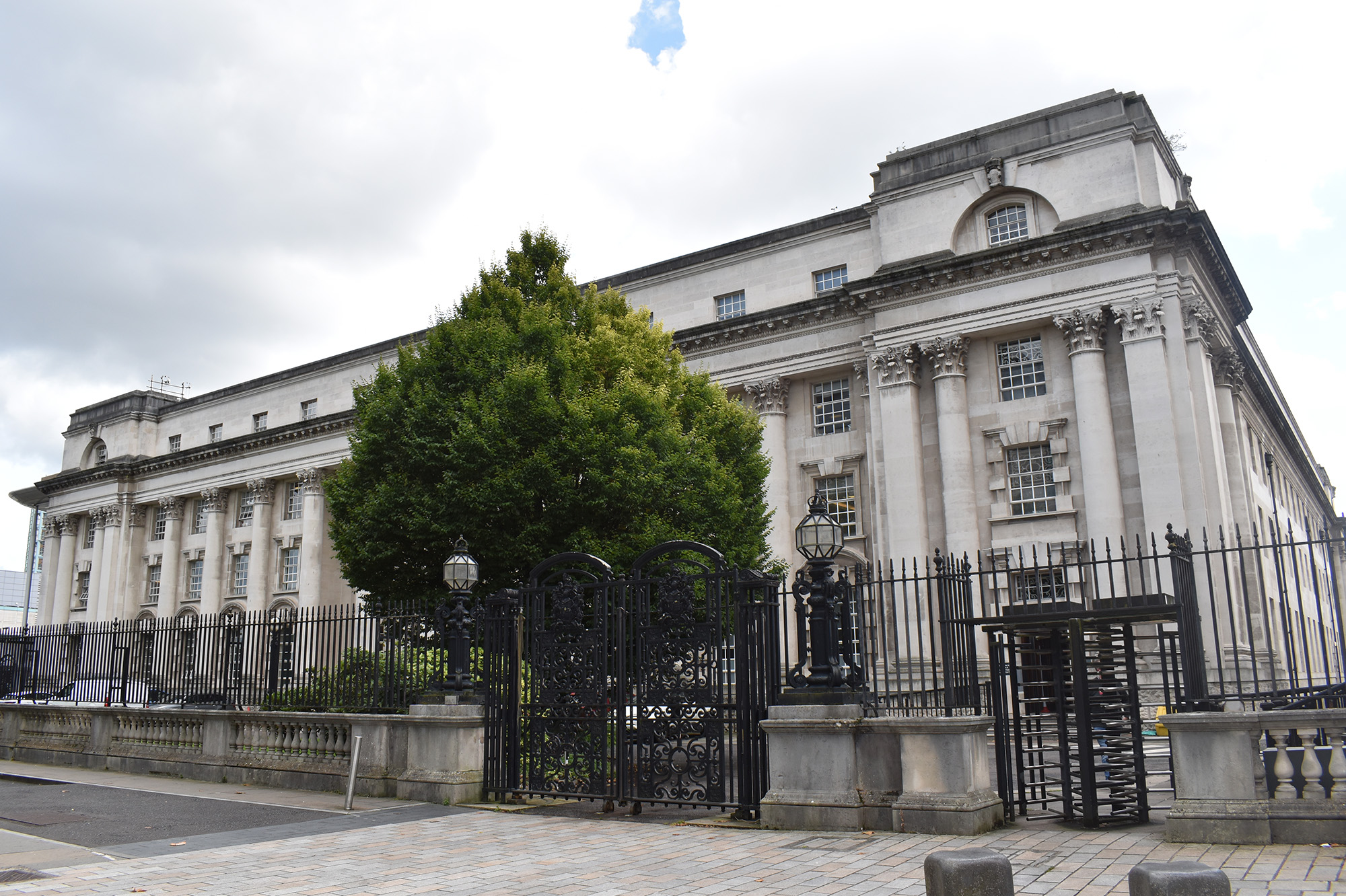
Northern Ireland’s Coroner’s Court has determined that the 1992 shooting by British soldiers of four men at Clonoe Chapel was not justified in circumstances where no honest belief was held that lethal force was necessary.
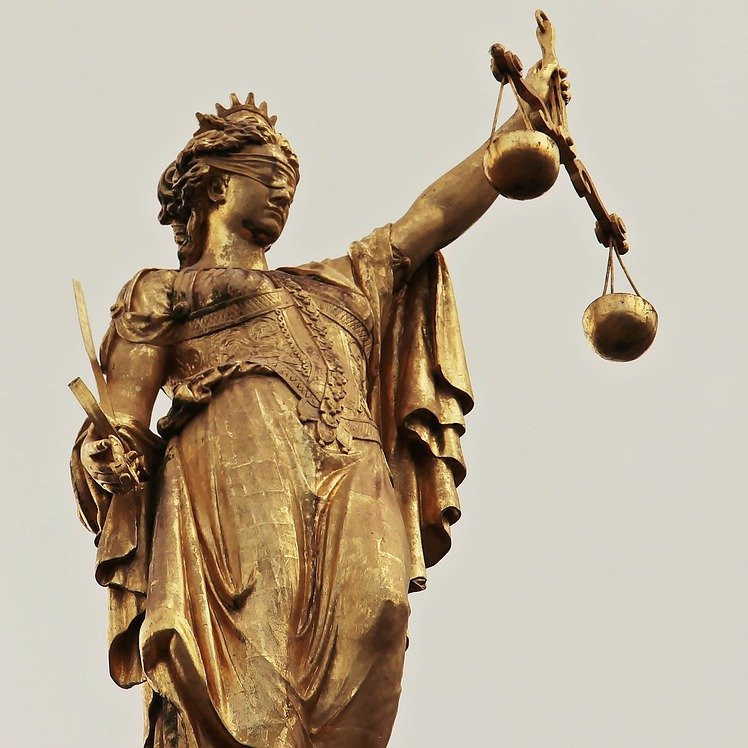
About this case:
- Citation:[2025] NICoroner 1
- Judgment:
- Court:NI Coroner's Court
- Judge:Mr Justice Michael Humphreys
Delivering judgment for the High Court, Mr Justice Michael Humphreys highlighted: “The attitude of the state agencies to the events at Clonoe, where four men lost their lives, is best summarised by the MOD report of 24 April 1992, where the operation is referred to as: ‘an excellent Security Forces success’.”
David McDowell KC and Lauren Cheshire (instructed by the Legacy Inquest Unit) appeared for the coroner.
Frank O’Donoghue KC and Sean Devine (instructed by KRW Law) appeared for the next of kin of Kevin Barry O’Donnell. Michael Duffy SC, Séamus McIlroy and Éamann Donnelly (instructed by Mallon & Mallon) appeared for the next of kin of Patrick Vincent. Arthur Harvey KC and Fintan McAleer (instructed by McCourt & Maguire) appeared for the next of kin of Peter Clancy. The next of kin of Sean O’Farrell were not represented.
Mark Robinson KC, Fiona Fee KC and Leona Gillen (instructed by the Crown Solicitor’s Office) appeared for the PSNI. Joseph Aiken KC, Andrew McGuinness, Michael McCartan, Nicola McKenna and Aoife Murphy (instructed by the Crown Solicitor’s Office) appeared for the Ministry of Defence (MOD). Mark Mulholland KC, Ian Skelt KC, Ian Turkington KC and Michael Egan KC (instructed by MTB Solicitors) appeared for the former military witnesses.
Background
The Special Branch (SB) of the RUC received intelligence that a Provisional IRA (PIRA) attack on Coalisland RUC station would take place on 16 February 1992, and would be carried out from Clonoe Chapel car park using a lorry with a mounted machine gun.
A plan was made for a Specialist Military Unit (SMU) within the British Army to close in on the PIRA operatives and to detain them as they assembled and mounted the heavy machine gun onto the vehicle in the chapel car park.
At around 9pm on 16 February 1992, four masked men hijacked a tipper lorry, demanding that the owner abstain from reporting the theft for two hours. Thereafter, an improvised metal pipe was welded to the rear tailgate of the lorry and a heavy machine gun was mounted on it.
The lorry was then used in an attack on the Coalisland RUC station in which approximately 60 rounds were fired from the lorry but no one was injured. The lorry then drove from to the chapel at Clonoe, discharging further shots en route in a salute to Tony Doris, who had died at Coagh in June 1991.
Twelve members of the SMU opened fire on the occupants of the lorry and three other vehicles in the car park, with the four deceased being shot dead shortly before 11pm.
The Coroner’s Court
At the outset of his decision, Mr Justice Humphreys highlighted that in circumstances where lethal force had been inflicted by state actors, three distinct questions arose:
- whether the persons opening fire had an honest and genuine belief that it was necessary to use lethal force;
- whether the force used by a state actor was reasonable for the purposes of defending themselves or others from unlawful violence, having regard to the circumstances which they believed existed at the time; and
- whether the military operation was planned and controlled so as to minimise the need for lethal force to the greatest extent possible.
Having heard the evidence, the judge found that “it must have been evident” to experienced soldiers that the PIRA operatives needed to dismount their gun from the lorry and to bring it to a safe place, and so the risk of a firing exchange would have been significantly reduced by waiting for a short period for the disassembly to commence.
The court also considered that the unit’s ability to arrest the suspects would have been substantially improved had the soldiers decided to wait, but instead they “chose not to wait for this outcome but to stand up and open fire on the occupants of the lorry and the drivers of the cars.”
Mr Justice Humphreys further noted that in the course of the incident, no challenge had been given, no person fired on the soldiers, automatic fire as well as aimed shots were used, one of the deceased was shot in the back whilst running away, and that between 514–570 rounds were fired by the soldiers.
As to whether the soldiers had an honest belief that lethal force was required to defend themselves or others, the judge concluded that having regard to the fact that no attempt was made by the soldiers to arrest any of the members of the PIRA unit, and the respective conditions of the men as they lay seriously injured and incapacitated either on the ground or in the cab of the lorry, the soldiers concerned did not have such a belief and consequently, the use of force could not have been reasonable.
As to the planning of the operation, the court determined that the actions of the soldiers “cast doubt on whether, in fact, this was an arrest operation at all”, pointing out:
“It should be recalled that only one of the twelve soldiers mentioned the possibility of arresting suspects in the course of police interviews. Equally, none of the soldiers even contemplated effecting an arrest at any stage, including when the deceased were lying incapacitated on the ground or slumped across the seat in the cab of the lorry.”
Mr Justice Humphreys also deemed noteworthy the fact that the word “ambush” appeared in the RUC and MOD documents created after the event, opining that despite the allegations that ambushes were not used in Northern Ireland, “it is difficult to understand why experienced police and military officers would use that language” which had a particular meaning in the military context.
The judge also had regard to the “state perpetuated falsehoods” about the incident, such as the narrative that an exchange of gunfire occurred which, “coupled with a lack of any proper challenge of their accounts by the RUC investigators, ensured there would be no actual accountability.”
Verdict
Accordingly, the Coroner’s Court determined that each of the deceased men died of gunshot wounds and that in each case, the use of lethal force was not justified in circumstances where the soldiers did not have an honest belief that same was necessary in order to prevent loss of life and where the use of force was, in the circumstances they believed them to be, not reasonable.
The court also concluded that the operation was not planned and controlled in such a way as to minimise to the greatest extent possible the need for recourse to lethal force.
In the matter of an inquest into the deaths of Kevin Barry O’Donnell, Patrick Vincent, Peter Clancy and Sean O’Farrell [2025] NICoroner 1







